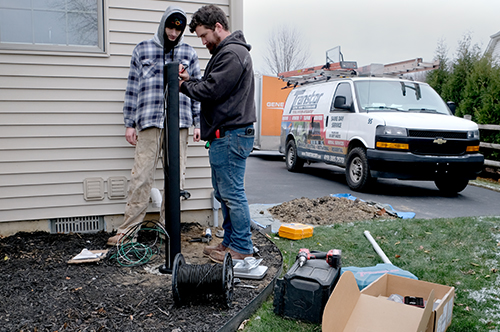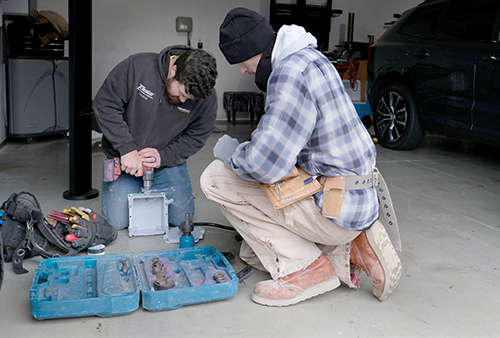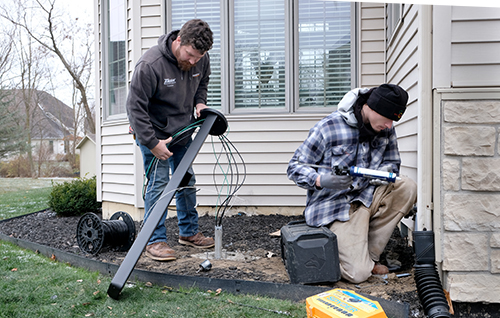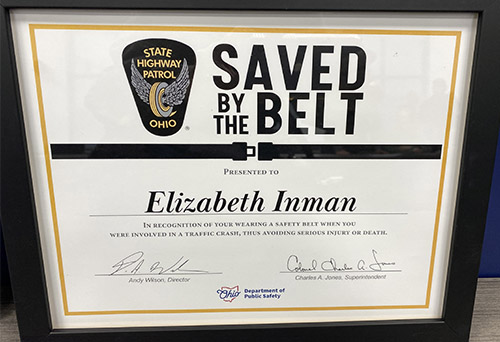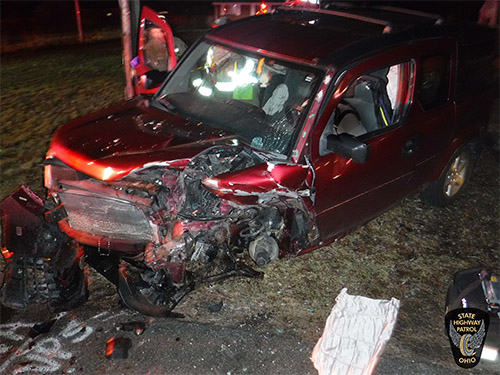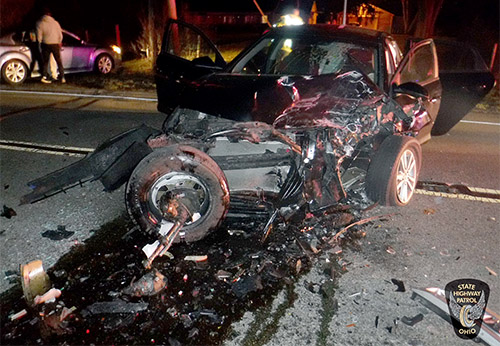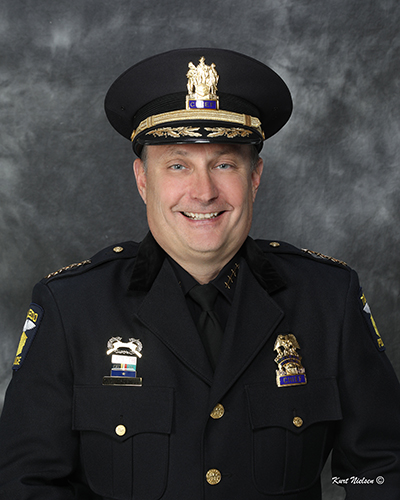Longtime coach turns football team into juggernaut
By Mark Griffin | Photos by Scott Grau
TOLEDO – Rewind the time machine back to the year 2000, during Greg Dempsey’s first season as the head football coach at Central Catholic High School.
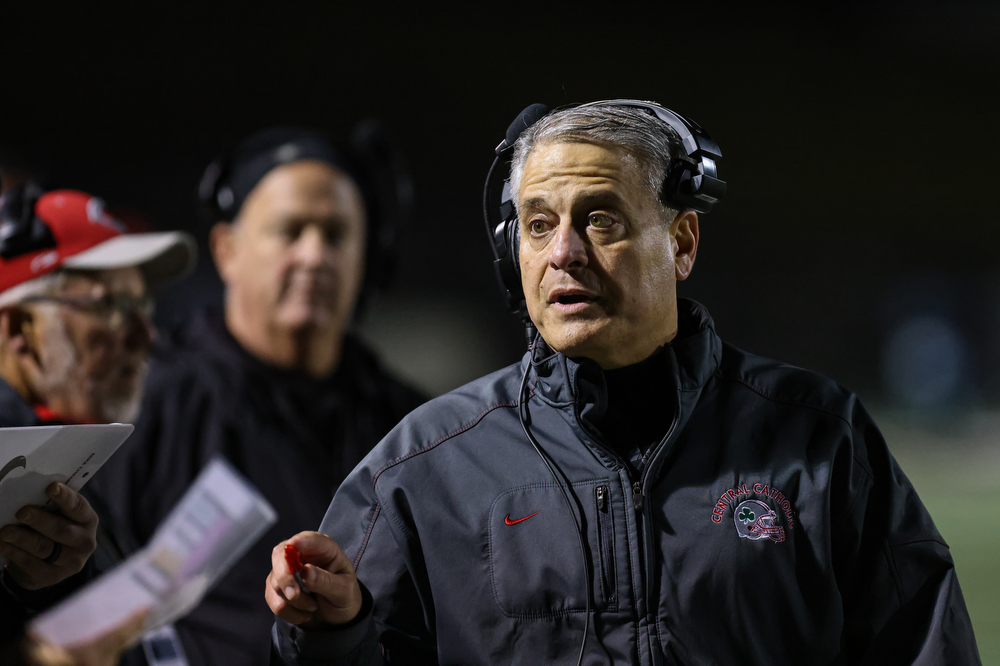
The Irish were coming off a disappointing 3-7 season and Dempsey, then just 28 years old and a 1990 CCHS grad, was tasked with turning things around.
“My first win was at Maumee in week two. I want to say it was 20-13,” recalled Dempsey, who was the defensive coordinator at Start High School the previous five years. “We went 8-3 and missed the playoffs by one spot. We beat St. John’s in the Hall of Fame Game for the first time in 11 years.


“We were not necessarily predicted to do that well. It was mostly the kids believing in themselves and believing and trusting in the coaches.”
Just five seasons later, in 2005, the Irish were state champions, slipping past Canfield 31-29 to win the Division II title in Massillon.
Dempsey said winning that first title was both a blessing and a curse.
“We just had a daughter that November, so I was pretty much exhausted,” he said. “It was a blessing during that whole period, but it was a curse over the next three years, when we lost in the first round of the playoffs. People were not happy with that.
“It was a blessing but it came at a cost. No longer was it good enough to just make the playoffs to make people happy,” he said.
Dempsey, who played baseball and football for the Irish, said his initial goal as head coach was to make the football program relevant again.


“To me, it was always about getting back here and trying to turn this program into something special,” said Dempsey, who also serves as the school’s athletic director. “This school was special to me and what it provided me. I wanted it to be the football program in northwest Ohio.”
Central Catholic (14-2) has become a juggernaut, capturing state titles in 2012, 2014, 2022 and 2023. The Irish were state runners-up in 2015 and lost in the state semifinals in 2016, 2017 and 2019.


On Thursday, the school held a pep rally for the two-time defending champs, who were facing a familiar foe the next day – undefeated Columbus Bishop Watterson Eagles – in the D-III state championship game at Tom Benson Hall of Fame Stadium in Canton. Last year, Central Catholic defeated Bishop Watterson, 27-7 in the state’s title game.
But this year, the Eagles got their revenge and scored a heartbreaking game-winning touchdown with 1:29 left in the fourth quarter for a 19-14 win over the Irish, securing a perfect 16-0 record for their season.
Dempsey, who had a 266-54 career record entering Friday’s game, said the credit for the program’s overall success “all goes to the players.” He said this year’s team has consistently shown its toughness.
We have tough seniors who work hard and play together. I really enjoy how they are a team. Toughness is a key quality of any team.
Head Coach Greg Dempsey
Dom Spinazze, a senior tight end/defensive end and one of three team captains, started one game as a sophomore and has started every game the past two years.
“I was fortunate to see a senior class full of so many leaders determined to keep the tradition alive,” Spinazze said, adding that the players are well aware it is their job to uphold the tradition.




“I wouldn’t say it’s pressure,” he said. “It’s more the standard that we know. Our senior class has been very fortunate to win two state titles. I’ve been watching the seniors do it since my sophomore year. We know how we have to act and get it done.”
Asked what he has enjoyed the most about playing for coach Dempsey, Spinazze replied, “everything.”
“He is an amazing coach,” Spinazze said. “He’s not afraid to get on you if you mess up, but he’s going to be right there to pick you up and make sure you learn from your mistakes. He’s a great role model, not just for football but in life.”
Central competes in the six-team Central Division of the Catholic High School League and won the division title in 2023. One of Dempsey’s former players, Michael Warren, won the state’s top individual award, Ohio’s Mr. Football, in 2016 before going on to play at the University of Cincinnati.
“I’m proud of these kids and grateful for them and the coaching staff we have here,” Dempsey said. “I’m grateful to Central Catholic High School. It’s been very important to me. There have been so many big wins, and I appreciate every win. Nobody realizes how hard it is to win.”












